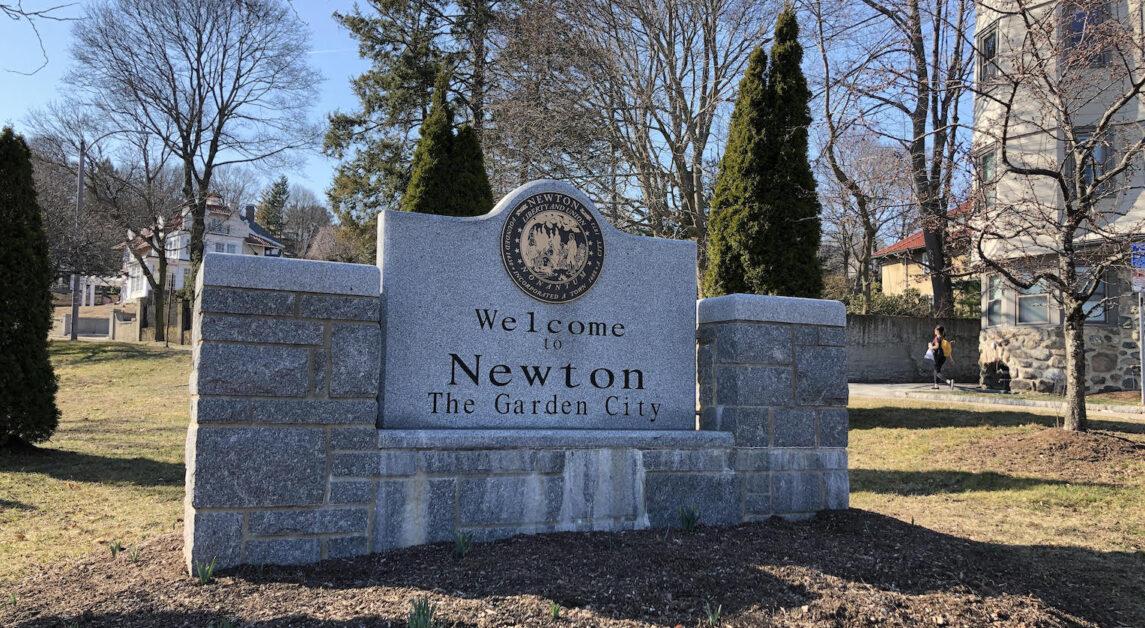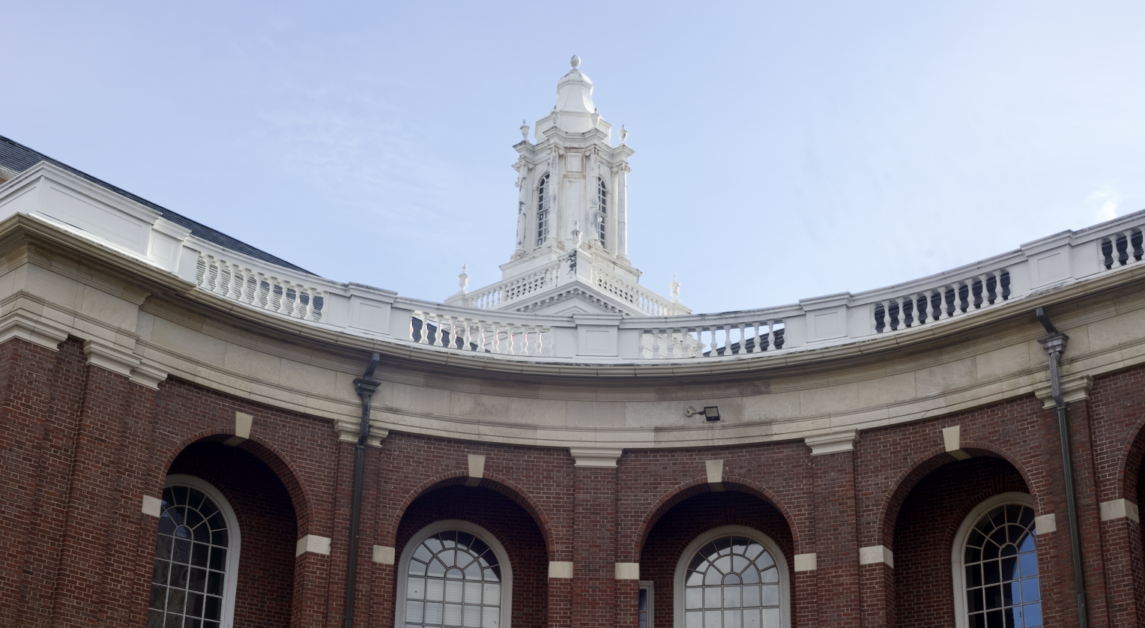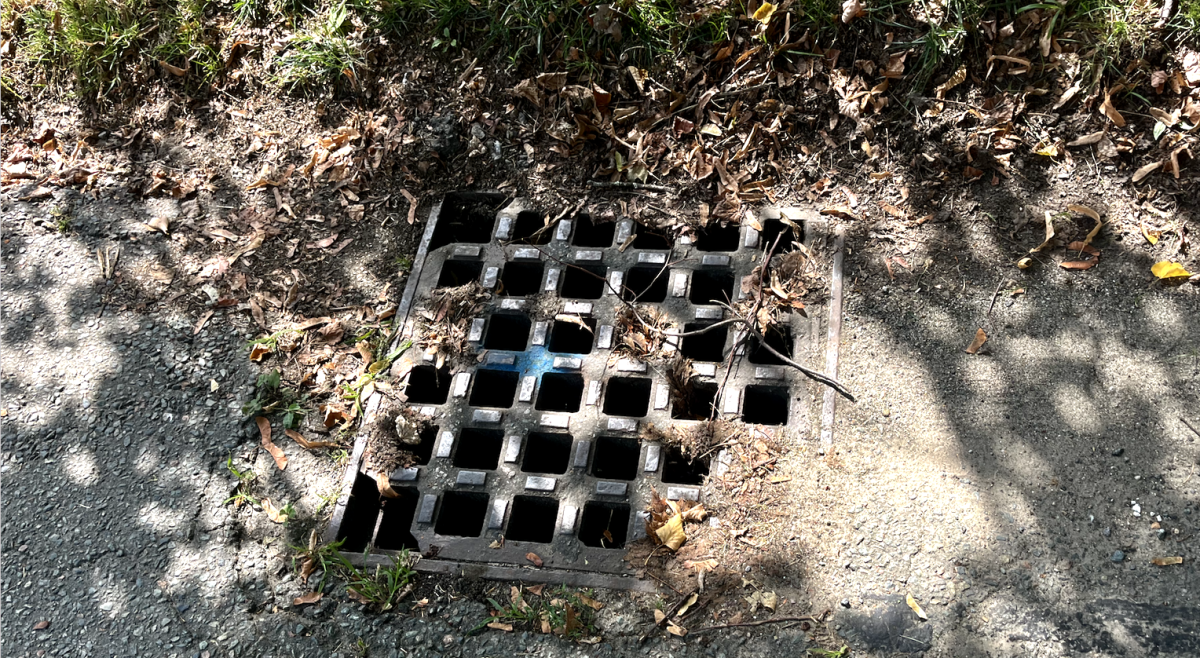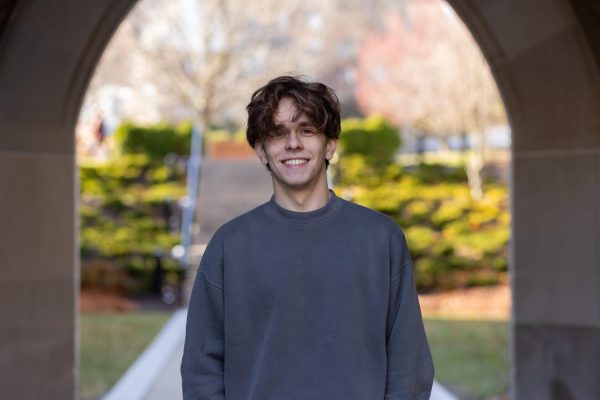A study showed that most Newton houses that are torn down are replaced with larger ones, a development that councilors on Newton’s Zoning and Planning Committee said on Monday is harmful to the city’s goals of making housing more affordable.
“What we want is to incentivize them to not build these big houses—maybe build smaller houses, maybe more of them,” said Ward 3 Councilor-at-Large Pam Wright.
The study revealed that in home sales between 2017 and 2022, the primary motivation for demolishing older homes was to increase livable square footage. In many cases, smaller single family homes were replaced with significantly larger ones.
“The demolished homes, generally speaking, tend to be smaller,” said Loren Rapport, associate at Utile, a Boston architecture company. “They’re on larger lots and generally built post World War II. The teardowns tend to happen for every 10 percent of home sales.”
According to a presentation by several ZAP councilors, these redevelopments fail to support Newton’s objectives of increasing housing density, reducing usable open space, creating “out-of-place” homes that do not fit the character of the neighborhood, and driving up prices for single family homes.
Teardown and redevelopment activity plays a big role in Newton’s fiscal health. Residential property taxes are the city’s largest funding source, with 83 percent of all revenue coming from property taxes, according to the Newton Fiscal Year 2025 budget.
Jennifer Caira, deputy director of the Newton Planning Department, emphasized the importance of continued residential growth to sustain essential city services.
“Property taxes comprise a majority of Newton’s annual revenue, and because of this, as well as legal limits on taxing, new residential growth is a significant portion of the annual revenue increases necessary to maintain services,” Caira said.
Recent changes to city ordinances, however, have made it less attractive for developers to pursue projects in Newton, which could threaten the city’s annual revenue.
“Builders are getting more selective about the sites that they’re willing to engage with,” said Jon Trementozzi, co-founder of Landwise, a planning and real estate development advisory firm. ”Some of them, not all of them, but some of them have mentioned that adjacent communities are [becoming] slightly more attractive now, and so they’re probably going to be pursuing more building there.“
To address the problem of demolishing small homes, the committee proposed three potential solutions.
The first involves introducing new lot standards for cases where an existing single-family home is torn down and replaced with a home that is 30 percent larger or more.
The second proposal calls for adjusting the floor area ratio, which measures a building’s floor area relative to the lot size using a sliding scale. This adjustment would reduce the allowable floor-area ratio for larger lots, helping to preserve more open space on the property.
The third option is to establish a large house review process to mitigate the impact of new builds or additions that exceed established spatial thresholds for a residential area. A large house review would involve an administrative or binding review process for projects that surpass specific limits in the area where the construction is proposed.
“There are different ways and mechanisms to get into the process, and it can be advisory or binding, you know, you have those choices,” said Rena Getz Escudero, Ward 5 councilor-at-large. “But it looks specifically at criteria and standards that consider the preservation of the existing landscape, the scale of the proposed buildings, lighting, open space, drainage, and the actual traffic circulation to and on the site.”
The committee generally agreed that a large house review, combined with further control ordinances, could help achieve Newton’s housing goals.
“I’d love the large house review,” said Rick Lipof, Ward 8 councilor-at-large. “I hope it’s not hard to get done. Let’s get it right so we have the character of our neighborhoods maintained by homes fitting within the streetscape.”














